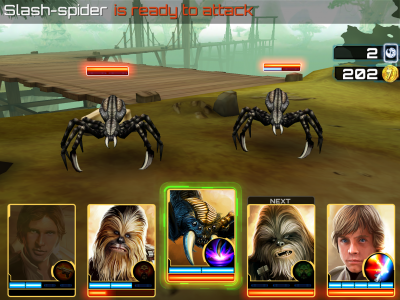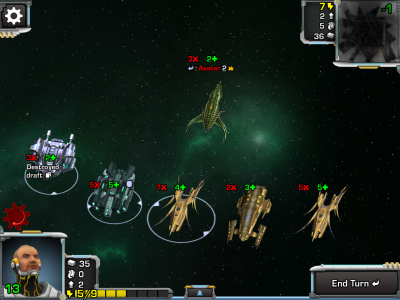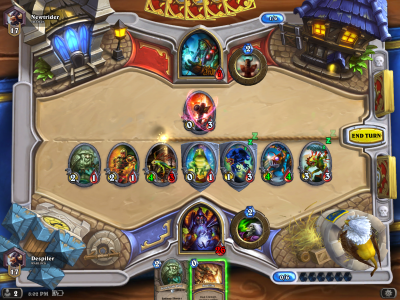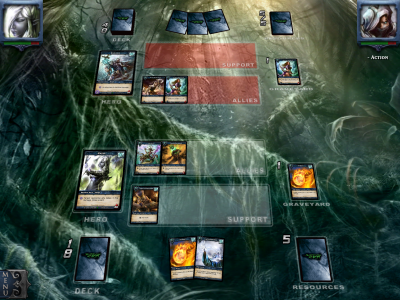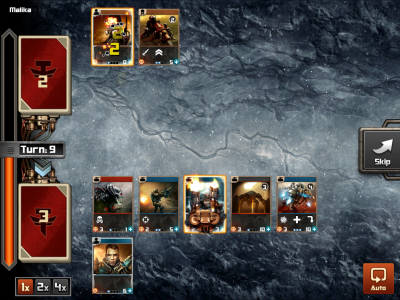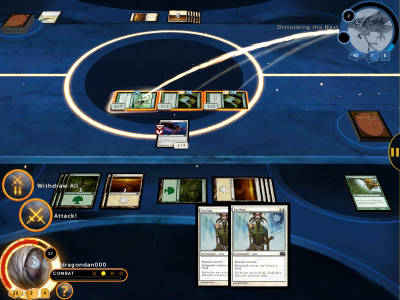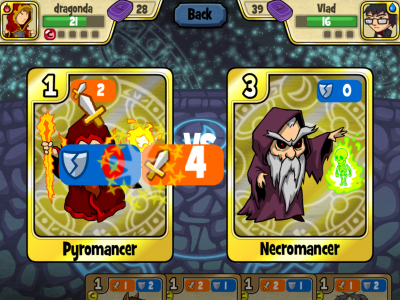Digital card games are nothing new. We all remember opening up Solitaire or Hearts on our old Windows 95 computers (Spider Solitaire was my favorite). As gaming and technology advanced and with the advent of the ‘mobile’ era, the non-traditional card games like Magic: The Gathering, Yugioh, and others have made some weird and haphazard entries into the digital space. Anyone remember the Pokemon TCG on the Gameboy? What about the numerous Yugioh entries across the myriad of handheld consoles? What about Magic: The Gathering for the PSOne? The problem with these games was that the designers were sticking too closely to the original rules and designs of the paper card, and didn’t make much use of the different ways technology could enhance play.
Enter the ‘mobile social’ era, and the eye of digital design has graced card games once more. With the recent press about Hearthstone’s beta and release, Apple put together a curated section of digital card games on the app store. The collection is mostly free, perfect for keeping a low barrier to entry for new players of card games and digital card games alike. I’ve stuck at least 5 hours into each game, some more than others because those happen to be fun or there’s something special about them, so I’m confident in my critique of each game.
Star Wars Assault Team– I remember the old Star Wars card games. A touch complicated, but otherwise lots of fun (even if I did get beaten almost every time I played). SWAT (see how clever that title is?) isn’t quite a card game in the traditional sense. Think of it like a Star Wars themed Pokemon game; the cards are your pokedex entries that you collect, and then you use your cards to setup your party of dudes to fight other dudes, and they have special abilities (most of the time). It’s a touch buggy with a recent update, but there is tons of content, and since the main draw is the strategic fights, there’s also lots of replayability. And for those who keep score, there’s also lots of free stuff so you’re never stuck having to pay money if you don’t want to, especially with the new Wanderer mechanic (you get to take an additional character with you from another random player). Definitely a fun game, lots of collecting and battling to do. If you’re a fan of turn-based battles, Star Wars and card collecting, this game is right up your alley.
Star Admiral – This is an actual card game, despite the seeming lack of cards (they’re there, trust me). You deploy ships to fight your opponent, whittling down their health until they explode (the animations are pretty great). While the quality of the art is pretty good and the game play is definitely fun, there’s there’s some lingering localization issues (which the developers ARE working on, which is amazing) and a lack of tournament or community support that makes the whole experience seem lacking. Overall, it’s a really fun, top-quality game with very nice 3D visuals, but it just needs something to make it stand out.
Hearthstone – The new kid on the block, Hearthstone is well on it’s way to dominating the digital card scene. What most people probably don’t realize is that a lot of the mechanics and gameplay of Hearthstone seems to be borrowed from another very popular indie card game: Shadow Era. From the hero powers to the inclusion of weapons and how they function. It’ll be interesting just how the two stand toe to toe: Shadow Era is the older, more established game, with a physical version as well. Hearthstone is newer, but has the resources of Blizzard, with a World Championship already announced and seeding/qualifying already going on.
Shadow Era – One of the most original digital card games, it broke the mold of traditional mechanics by including hero powers and weapon cards. It also started out digitally, allowing for balance changes to cards to keep things competitive and fresh. It’s first tournament had an iPad as a grand prize, which is pretty great considering it’s an indie game. Since then, the game has had numerous tournaments and has released both current sets as physical card in booster boxes, allowing for drafting and deckbuilding outside of the digital space. Since Hearthstone is pretty similar, it’ll be interesting to see which one remains on top.
Order and Chaos Duels – The name should ring a bell as that one mobile-only mmo you maybe tried on your phone. Like a mini World of Warcraft, Order and Chaos is pretty cool for a mobile mmo. I haven’t touched it in a long time, as the subscription thing on a mobile mmo just seemed ridiculous. The card game is heavily influenced by IAP, which makes it quite frustrating to do well in multiplayer matches. It also frustratingly hits you with a choice of hero right at the start, when you know nothing of what kind of impact their abilities will have. The game is designed to work with the discard/use up normal cards to generate more resources per turn (like the physical WoW TCG) instead of the play resource cards (like Magic The Gathering). With this in mind, many cards are designed to synergize with this mechanic, providing effects when discarded for resource instead of being played normally. I love that there’s some attempt at trying out new mechanics and gameplay ideas, but the bias of the IAP makes the game very pay-to-win. You can even purchase boosts in the store that: give you a 60% chance to go first, deal 15 damage to your opponent before the game starts, and start the game with +2 mana. The art and animations are incredible, and the gameplay is pretty good, but the sourness of the pay-to-win hangs in the air when you play. It’s worth a free download and playthrough of the campaign and other single player offerings, but unless you’re willing to drop some coin to get more powerful cards and get the paid advantages, I’d avoid playing this in any way competitively.
SolForge – This is one of those instances where Kickstarter has come through with something pretty cool. Fully funded in 2012, SolForge spawned from the minds of designers from numerous card games, including the legend himself Richard Garfield. The level up mechanic works well, allowing for added depth in what to play. Do you play a stronger creature this turn, or play the weaker one now to get the leveled-up version later on? With health pools at 100, games can take awhile to get going, and come-from-behind situations can occur all the time, right up to the end. It’s a decent, if slow game, and the art is absolutely fantastic. It’s very reminiscent of Kard Kombat, which is another quality card game.
Tyrant Unleashed– The inclusion of the skip and auto buttons make this less a game and more of a “watch the pretty animations”. With that said, the real depth comes when you play against other people. Playing cards at the right time to accommodate the activation timers is crucial to winning, and picking which cards to have in your deck is that much more important, since decks are only 10 cards plus the Leader. Battles are short and sweet, and strategic depth comes from knowing which cards you should play to save you or destroy your opponent. Definitely a low barrier to entry, and not a lot of need to spend money on new cards either as you get tons of gold to buy basic packs, and you get a free card every 24 hours. There’s a lot of content too, in the form of a long campaign with multiple rewards for replaying missions, and online matchmaking as well. There’s even a guild function as well, so you can group up with like-minded players to play and help one another.
Magic: The Gathering 2014 – The classic comes yet again to the digital space, with all new sets, decks, and improved AI and matchmaking. Not much more to say except it plays better on pc and console than it does on a mobile device, if only because the touch controls are less precise than a controller or mouse input, and I found myself accidentally casting the wrong card a few times. Not a bad version of the game, but certainly not the best.
Lil Alchemist – This is a curious little card game. It forgoes traditional ‘card battle’ mechanics to focus on something very kid friendly but still strategic. It uses the time management mechanic from casual f2p games mobile games to drive premium currency sales, but it’s never a requirement to be competitive. Gameplay is very simple: play one or 2 cards (to combo into a single card), and compare the attack and defense numbers to see how much damage each player takes. The real strategy comes in which cards do you play to create a specific combo card (earning you 1 combo point every turn to a max of 5 for each combo you’ve done in previous turns and which activates your Combo power every turn for the amount of points you have) or to play a final card (it can’t combo with anything, and activates your combo power based on the number of combo points you have). It’s a lot of fun, and is definitely kid-oriented with it’s visuals and simple gameplay. Definitely worth your time if you’re new to card games or want to get your kids into it.
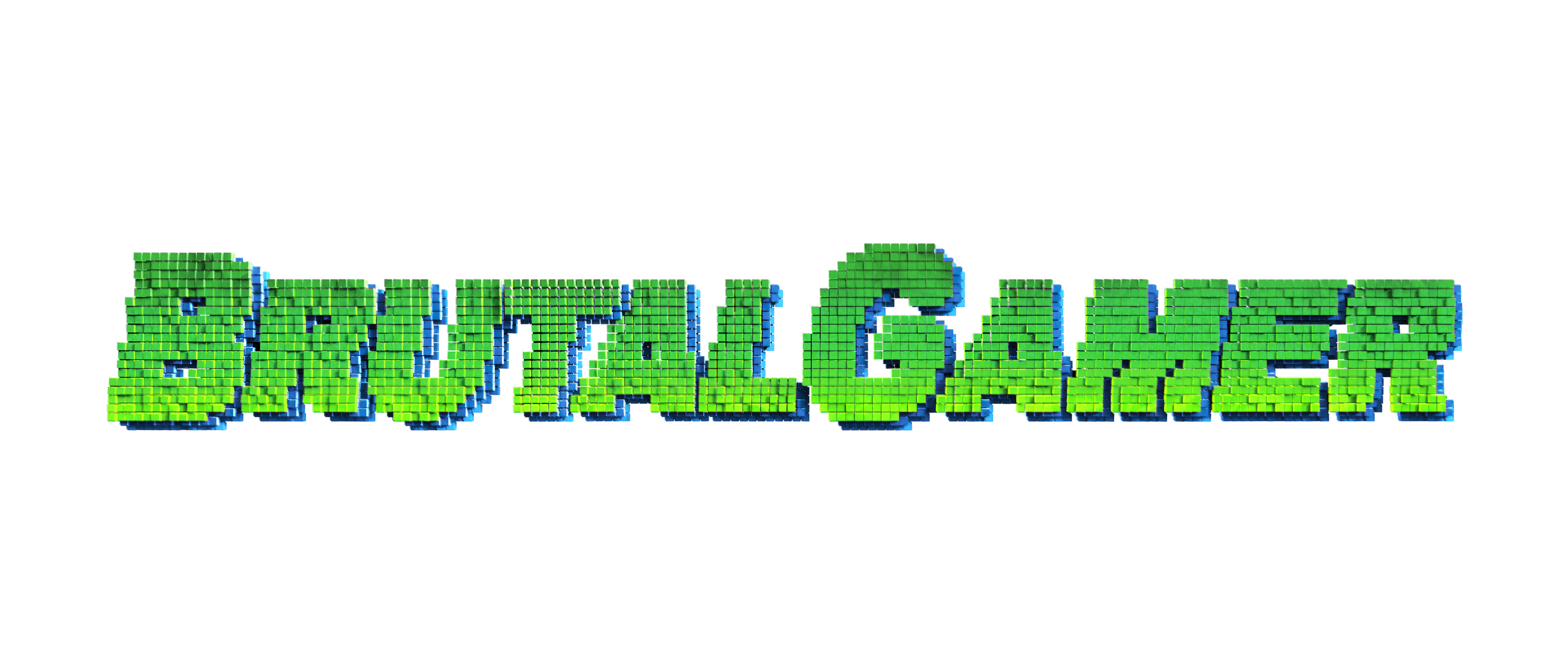 BrutalGamer Bringing you Brutally Honest feedback from today's entertainment industry.
BrutalGamer Bringing you Brutally Honest feedback from today's entertainment industry.

